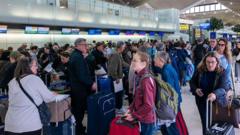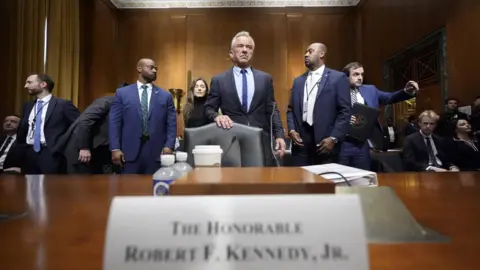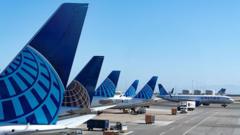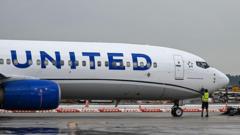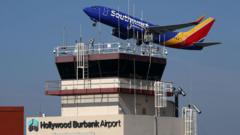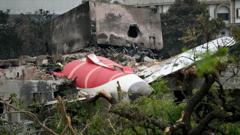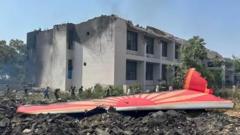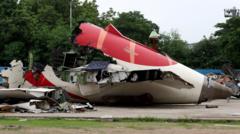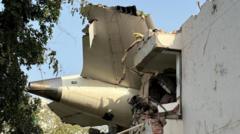Air traffic controllers at Newark Liberty International Airport reported a critical incident on April 28, during which they lost communications with aircraft under their supervision, making them "unable to see, hear, or talk to them," as described by a union representative. This alarming event resulted in the placement of several controllers on trauma leave, with hundreds of flights subsequently delayed or diverted. FlightAware reported that over 150 flights were canceled on the following Monday, revealing the extent of the disruption.
The Newark airport, one of New York's busiest, has been struggling with staffing shortages that have worsened over the past week. The Federal Aviation Administration (FAA) recognized that its outdated air traffic control systems are impacting its workforce. In an official statement, the FAA confirmed the absence of controllers due to the incident and noted the difficulty in promptly replacing them. They assured the public that training programs were underway to staff the busy airspace.
This latest setback comes after United Airlines announced it would be canceling 35 flights each day from Newark, citing the airport's inability to accommodate the scheduled operations. United's CEO Scott Kirby expressed frustration over recurring technological failures that FAA air traffic controllers depend on, which resulted in dozens of diverted flights and the cancellation of hundreds more. He emphasized that over 20% of FAA controllers had left their positions.
In light of the incident, the National Air Traffic Controllers Association reported that some employees utilized their right to take leave after facing traumatic circumstances at work, though they refrained from disclosing the total number of controllers affected or the duration of the communication failure.
In response to the crisis, the U.S. Department of Transportation unveiled a new package aimed at increasing the hiring and retention of air traffic controllers. The initiative is designed to attract qualified candidates to air traffic facilities and expedite their arrival on the job, targeting a hiring goal of at least 2,000 controllers within the year. This follows a troubling period marked by substantial FAA staff reductions earlier this year after a tragic mid-air collision in Washington, D.C., raising pressing concerns about air safety and operational reliability.

